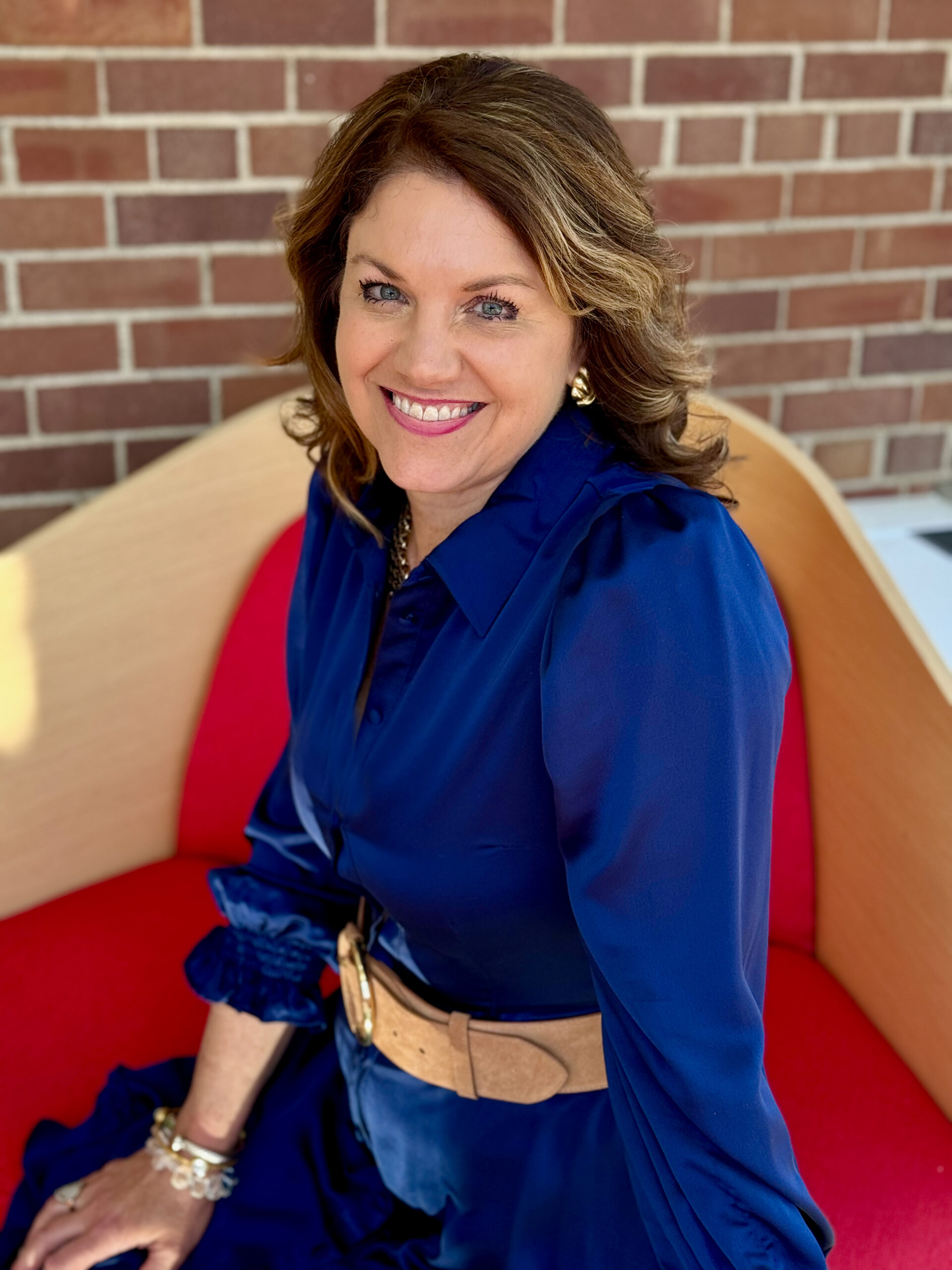Parents and students are attracted to 3-year bachelor degrees, but can institutions make the business model work?
September 23, 2025 BlogDifferentiation is going to be critical for colleges and universities to compete, and more than 60 are now…
In our second edition of Five for the Future: Spotlight on Transformative Institutional Partnerships, we turn to the College of Saint Benedict (CSB) and Saint John’s University (SJU), two institutions that have moved beyond traditional collaboration to embrace full integration. This bold approach aligns leadership, governance, academics, and operations, creating a unified model that delivers more opportunities, more alumni networks, and more resources for students. By eliminating redundancies and strengthening mission alignment, CSB and SJU are redefining what sustainability looks like in a competitive higher education landscape.

Our featured interview is with Kara Kolomitz, Chief Operating Officer for CSB and SJU, who has led the implementation of this integration. Kara shares candid reflections on the opportunities and challenges of merging two institutions so deeply, from governance realignment to cultural change. She underscores that successful integration requires not just structural redesign, but also the patience and persistence to build trust, scale culture, and consistently deliver on promises to students. The result: a stronger, more resilient model that preserves 1,500 years of Benedictine tradition while positioning both institutions for a sustainable and vibrant future.
We define the relationship between the College of Saint Benedict and Saint John’s University as integrated, which goes beyond a traditional partnership. Our goal was to align senior leadership, governance structures, academic programs, and operations. This work positions us uniquely in a highly competitive higher ed landscape, strengthens our mission, reduces administrative burdens, and eliminates redundancies across the two campuses. Ultimately, this integration delivers more for our students—more opportunities, more alumni networks, more places to explore. That’s a clear differentiator.
It’s difficult to point to just one factor, but there were several compelling reasons to formalize and deepen our relationship. Above all, we believed integration would best serve our students and alumni, creating a more sustainable environment for both institutions. When higher ed institutions align in ways that amplify long-term sustainability and mission impact, it’s a powerful and transformational outcome.
It’s hard to limit to just one! Serving as the inaugural COO charged with implementing this integration has been the most rewarding experience of my career. First: it’s fun. The building, the visioning, the creation—it’s full of energy and promise. But the single biggest hurdle? Time. Integration requires deep investment of time, energy, goodwill, and patience. You’ll inevitably miss a voice or a viewpoint you wish you had included. Plan for that. Most importantly, don’t underestimate the need to scale culture, not just systems. My real job has been helping people embrace a new model, consistently delivering on our promise to students and building trust every step of the way.
Certain rights remain with our Corporate (Founding) Members—our monastic communities—but we now operate with aligned board governance. Trustees agree to serve on both the CSB and SJU boards, with fiduciary duties to each institution. We have a shared board chair and vice chair, and the president serves as an ex-officio trustee. The president also leads a unified cabinet of senior leaders who oversee strategy and operations across both campuses.
The organizational and governance changes we undertook were ambitious, but today our people, spaces, and systems reflect a clear and shared future. This integration hasn’t just preserved two 1,500-year-old Benedictine traditions—it has made them newly relevant and deeply actionable. We’ve seen early wins in enrollment, brand clarity, and student experience. The greatest lesson? This kind of transformation isn’t about compromise—it’s about creating a new, stronger model that brings the best of both institutions forward for the future.
If you are considering a transformative partnership, we’d love to connect. Fill out our contact form below to learn more. And stay tuned; more spotlights are coming soon in our Five for the Future series.